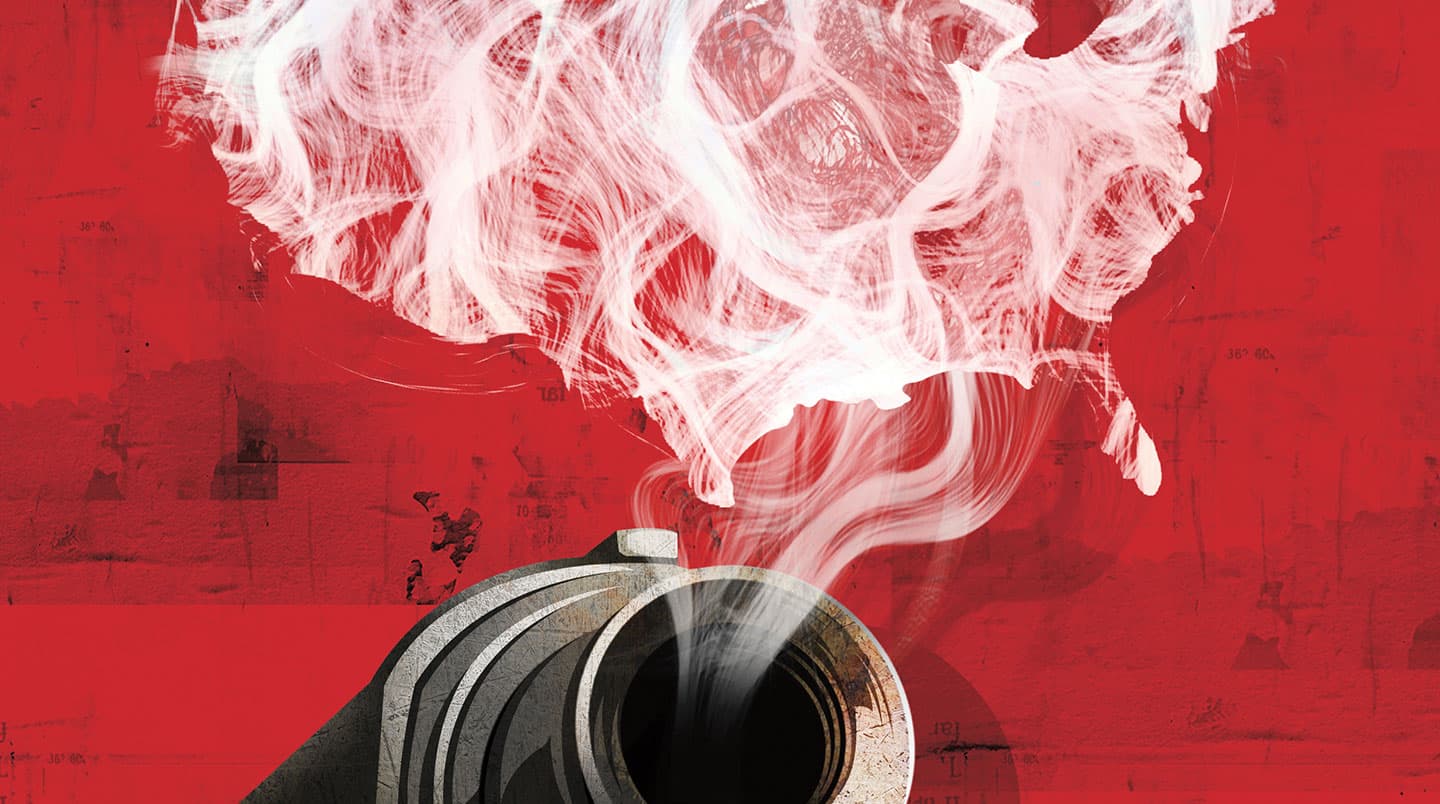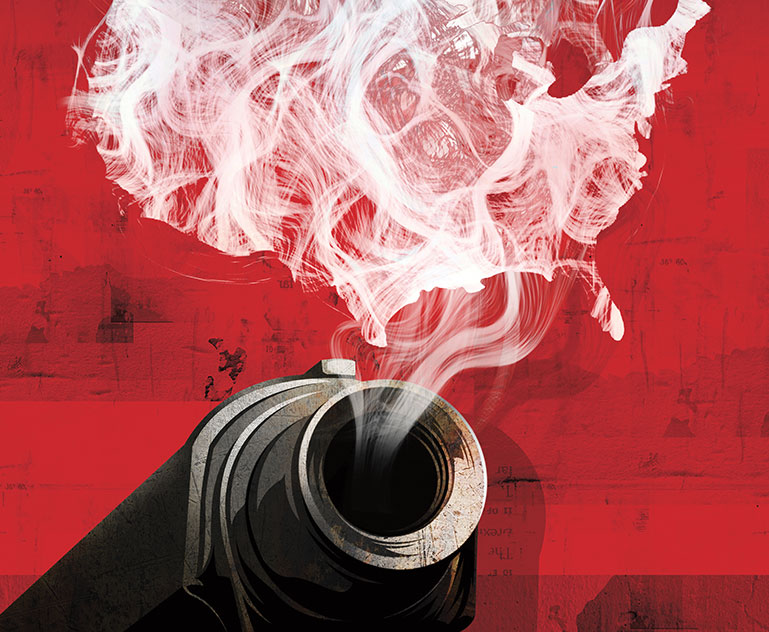Karen Lee
Jaimon Cooper
Over the next 24 hours, about 100 people in the United States will die from gunshots. For Jaimon Cooper, 18, that statistic hits painfully close to home.
Jaimon lives in one of the most violent areas of the nation’s capital, Washington, D.C. As a 10th-grader, he lost two of his schoolmates to gun violence. One was his good friend Zaire Kelly. A 16-year-old track star, Zaire was fatally shot by a man who was trying to rob him.
When Jaimon travels to and from school, the thought that he too could be killed by gunfire is always in the back of his mind. “I know what can happen, so I’m never really too comfortable,” he says.
Gun violence isn’t just a problem in U.S. cities. Nearly 40,000 people—from every state and background—died from gun-related injuries in 2017, the most recent year for which full data is available. That was the highest number of gun deaths in a year that the U.S. has experienced in five decades. Nearly two-thirds were suicides.
Why are there so many gun deaths in the U.S.? Public safety experts say the main reason is simple: Americans own a lot of guns, and the number has been growing for decades.
Studies show that countries with more guns tend to have more gun violence, says David Hemenway, a public safety expert at Harvard University in Massachusetts.
Americans make up less than 5 percent of the world population—but possess 46 percent of civilian-owned guns worldwide, according to the Pew Research Center. Experts say it’s no surprise then that a recent study found that the U.S. firearm death rate is 11 times higher than that of other wealthy nations. “We have by far the most handguns—and the weakest gun laws—of any high-income country,” Hemenway says.
Over the next 24 hours, about 100 people in the United States will die from gunshots. For Jaimon Cooper, 18, that statistic hits painfully close to home.
Jaimon lives in one of the most violent areas of the nation’s capital, Washington, D.C. As a 10th-grader, he lost two of his schoolmates to gun violence. One was his good friend Zaire Kelly. Zaire was a 16-year-old track star. He was shot to death by a man who was trying to rob him.
When Jaimon travels to and from school, the thought that he could also be killed by gunfire is always in the back of his mind. “I know what can happen, so I’m never really too comfortable,” he says.
Gun violence is not just a problem in U.S. cities. Nearly 40,000 people, from every state and background, died from gun-related injuries in 2017. That is the most recent year for which full data is available. That was the highest number of gun deaths in a year that the U.S. has experienced in five decades. Nearly two-thirds were suicides.
Why are there so many gun deaths in the U.S.? Public safety experts say the main reason is simple: Americans own a lot of guns. And the number has been growing for decades.
Studies show that countries with more guns tend to have more gun violence, says David Hemenway. He is a public safety expert at Harvard University in Massachusetts.
Americans make up less than 5 percent of the world population. But they own 46 percent of civilian-owned guns worldwide. That is according to the Pew Research Center. A recent study found that the U.S. firearm death rate is 11 times higher than that in other wealthy nations. Experts say that is no surprise. “We have by far the most handguns—and the weakest gun laws—of any high-income country,” Hemenway says.



